For the month of August, LogoLounge chose to feature Brooklyn based designer, Nikita Prokhorov. Specializing in lettering, typography and logos, Nikita’s talent has made him a designer to watch.
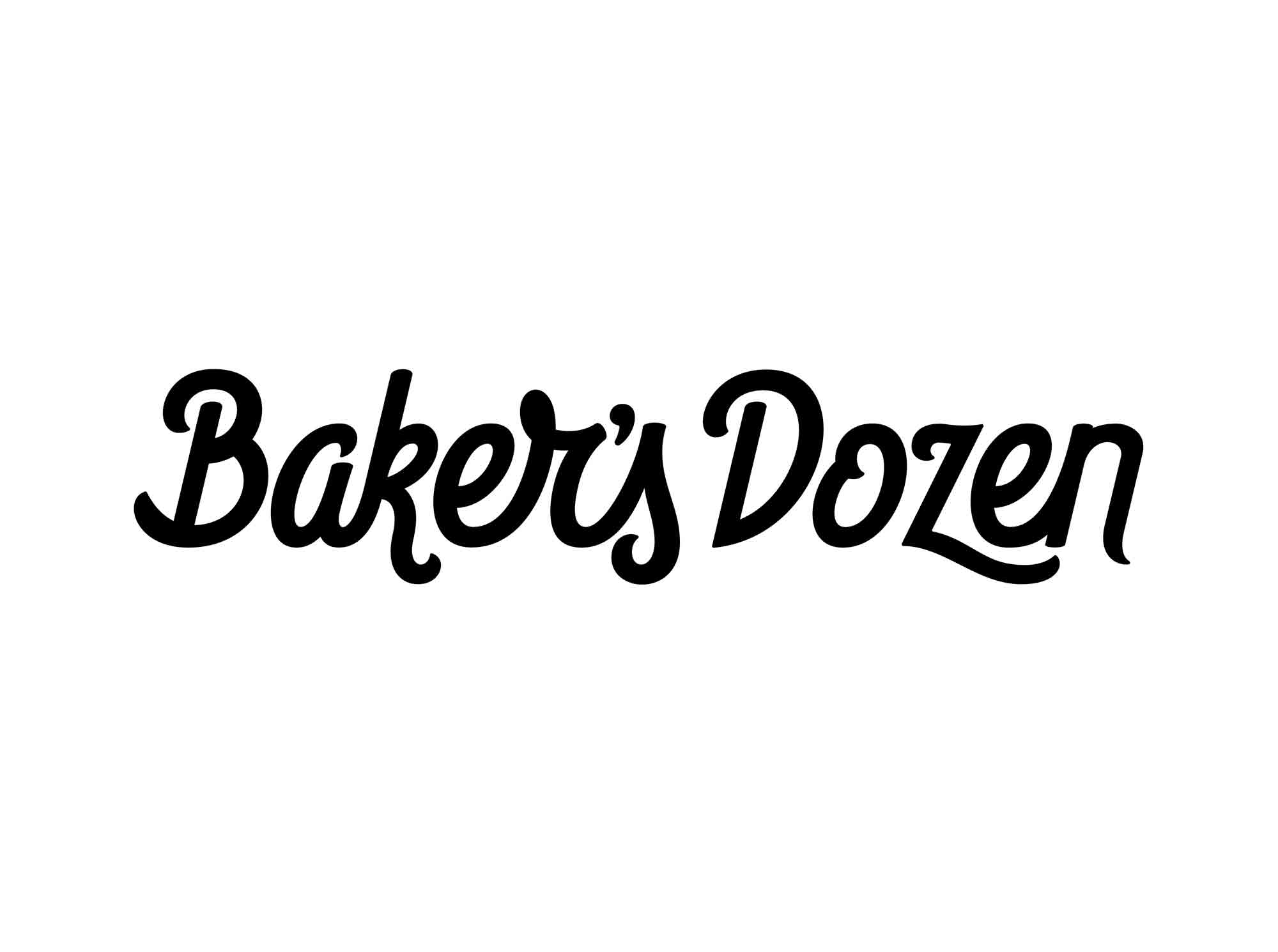
Tell us about yourself, your background, and your design aesthetic.
I was born and raised in Moscow, Russia, and moved to the US in 1989. I was raised in the US, and consider myself American with Russian cultural roots, which have influenced my design over time, as my interest in Russian history (both design and fine art) has developed over time. My grandfather’s influence, (an architect and designer/painter), and his work, whether architectural models or drawings, were minimalist and showed only what made the piece communicate the necessary information to its audience. His influence, along with my own passion for art that has illusive qualities, (surrealism, Escher, ambigrams, etc.), contribute to my design aesthetic. I strive to make my work minimalist in nature, yet with a conceptual twist.
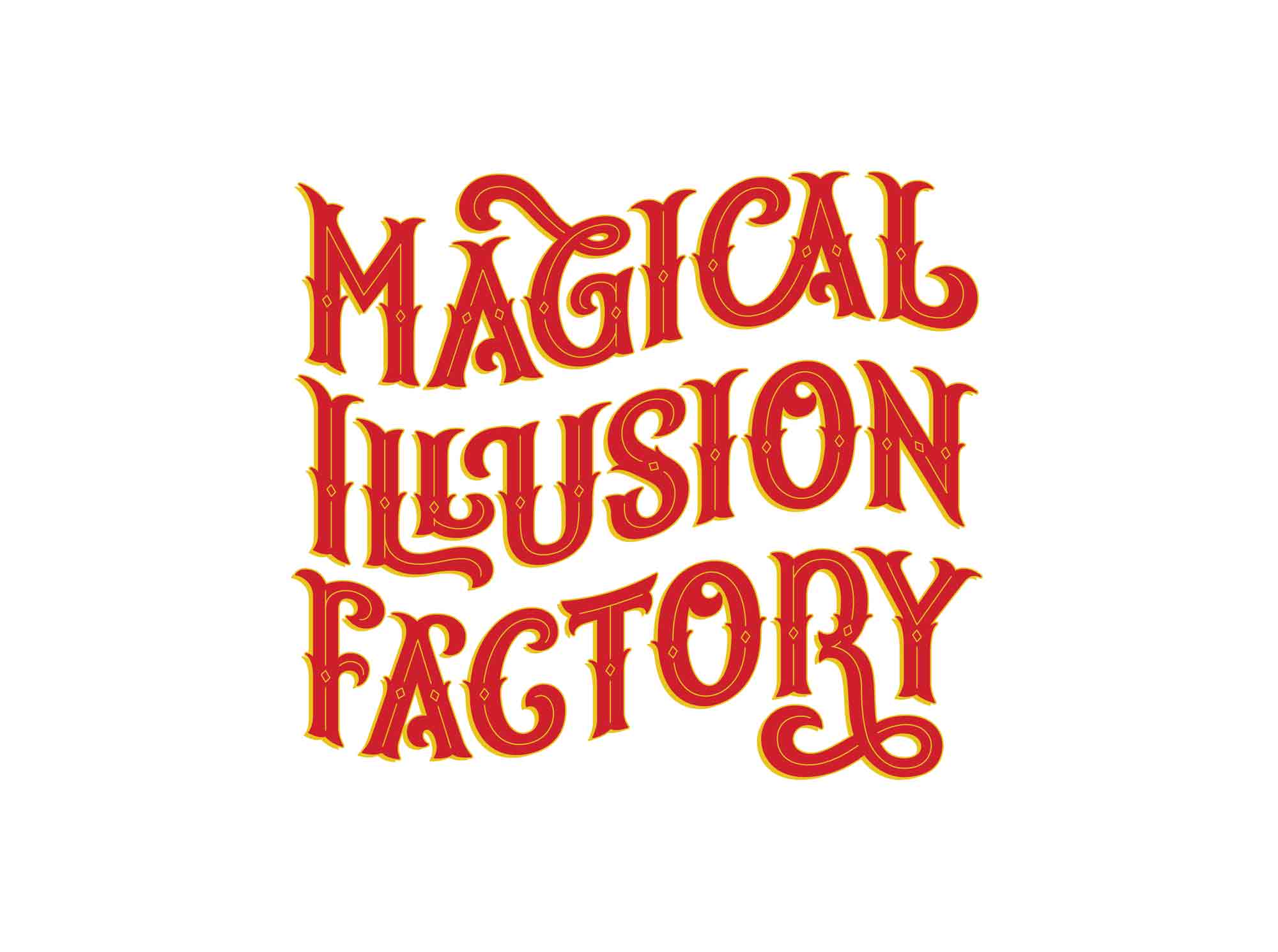
When did you know you wanted a career in graphic design? What has that journey been like to become one?
My journey started with approximately a year and half spent on computer science, and not understanding any of it. With my family’s influence/inspiration, I tried my hand at graphic design and the rest was (design) history. I spent another 3.5 years on my undergraduate degree, 2 more years on a master’s degree, (as I wanted to teach in the future), and when I finished graduate school, I started teaching and freelancing.
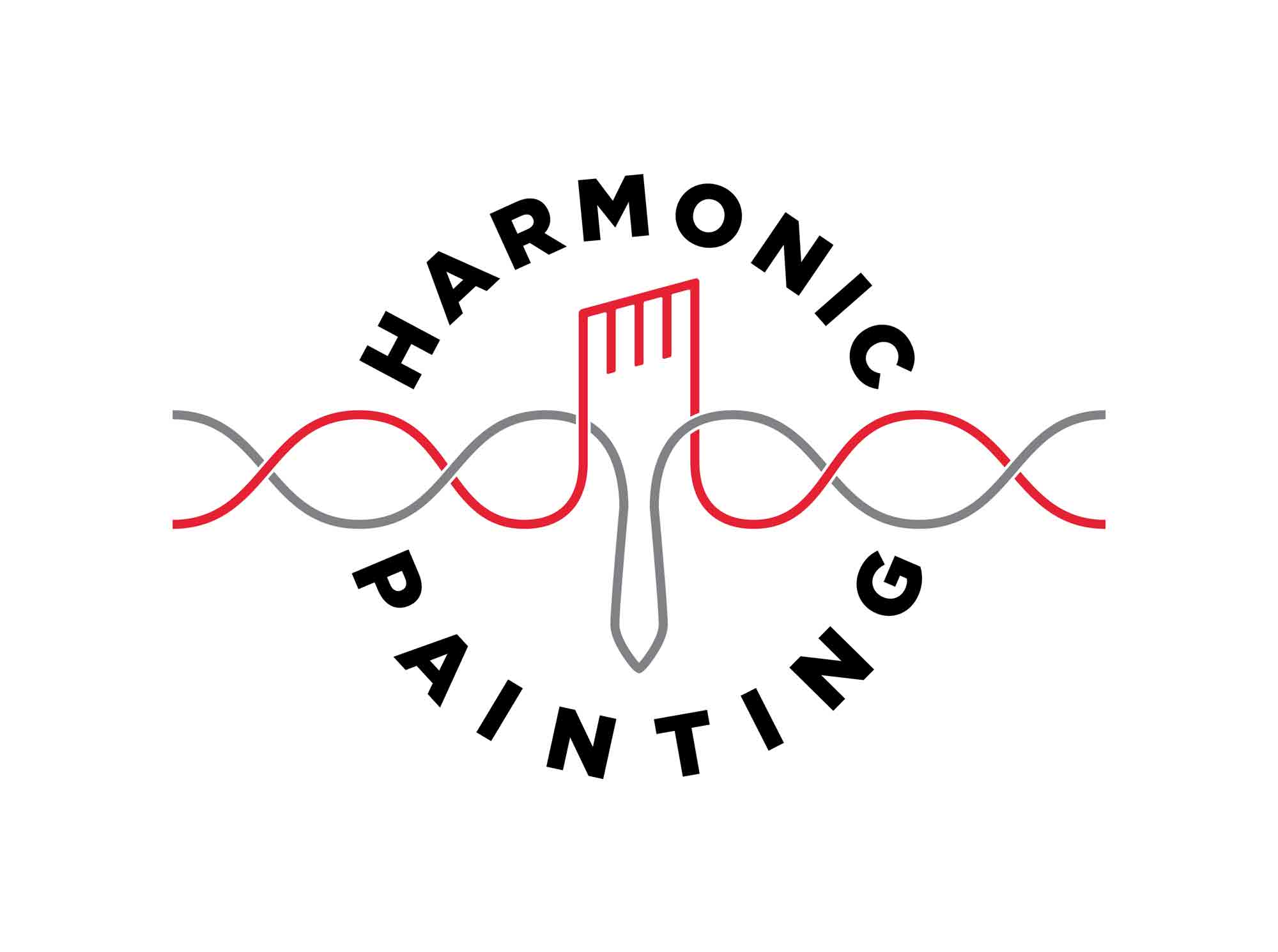
Can you describe your design process?
My design process isn’t that different from anyone else’s. I always start on paper with paper/pen/markers. Since a lot of my work revolves around custom typography and lettering (not just ambigrams), I stay on paper for a long time, experimenting with different tools until I get the desired look. Then I switch to the digital medium and make the work presentable for client presentation. That being said, if the client expresses interest in seeing my sketches and process in greater detail, I am happy to show them the sketches. It’s always a tough call, as some clients are used to seeing polished work, while others love seeing parts of the creative process before the work is finished.
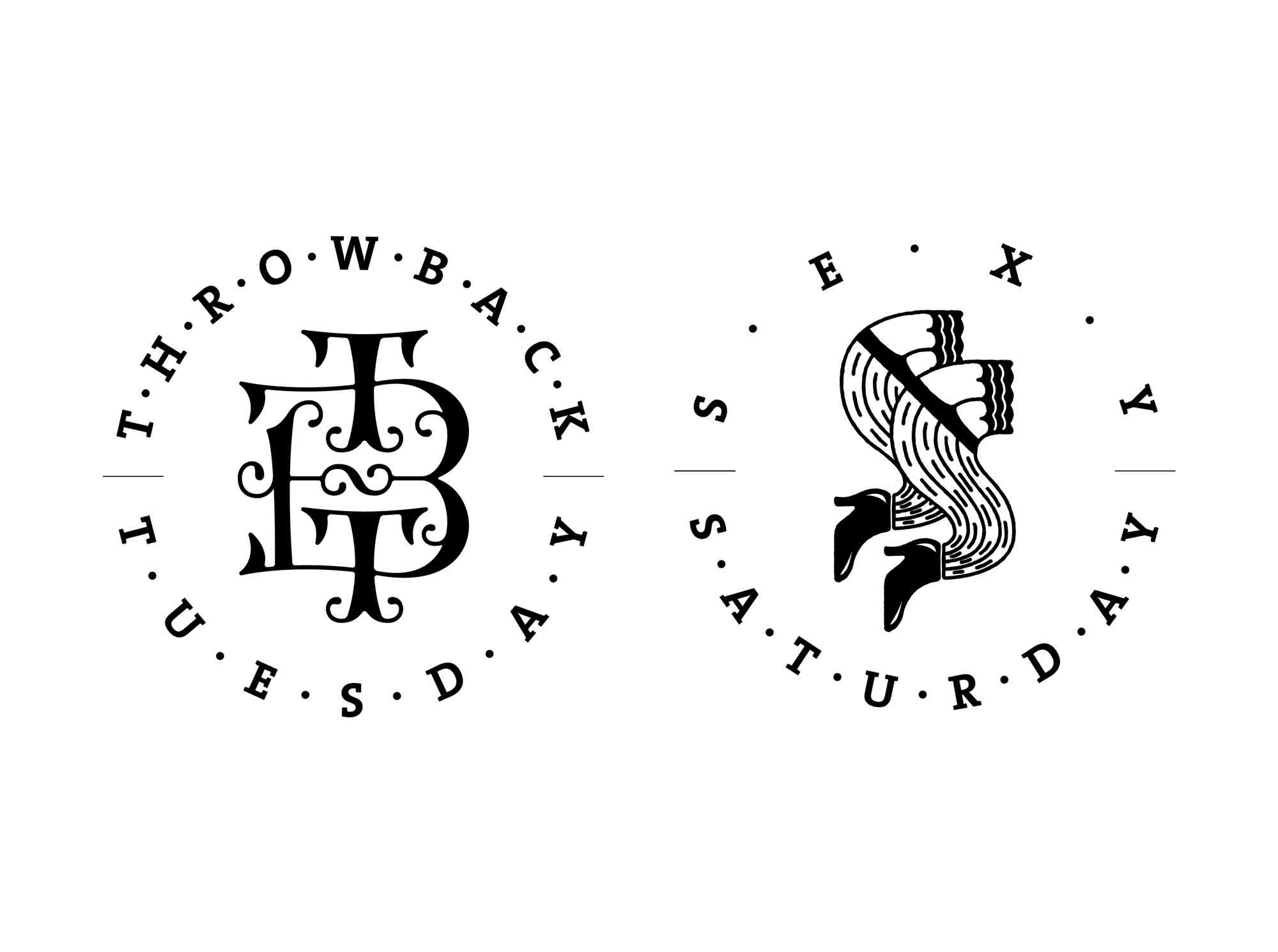
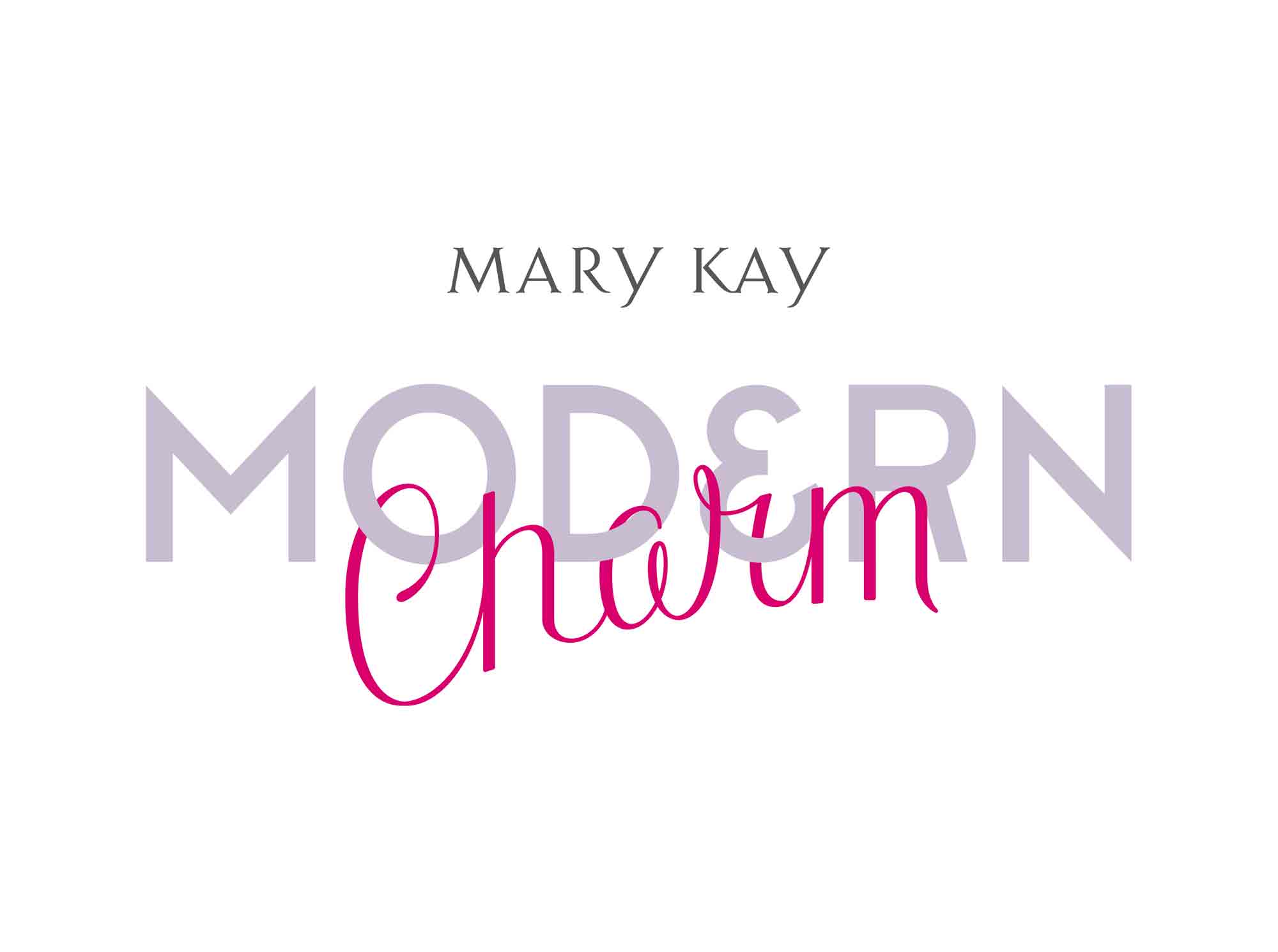
You call yourself an “ambigrammist,” and rightly so, as you have created countless successful ambigrams that are sure to stun. Can you describe what makes you drawn to create them? How did the passion come to be?
Ironically, I am a graphic designer first and an ambigrammist second, but these have become interchangeable lately, as my ambigram work is seen more and more! I can’t go a day without having sketched out an ambigram on paper or on my iPad - at least, I can’t recall such a day. I love creating them because they are just so much fun to work on, and even if you fail in turning a certain word (or words) into an ambigram, you still learn so much from the process. It’s hard to call an ambigram that’s not successful a complete failure.
I started working on ambigrams after reading Angels and Demons by Dan Brown, which is how quite a few people have discovered ambigrams about 10 years ago. Then I started running a blog on ambigrams, and started developing ties with various ambigram designers, and the passion and love just snowballed from there. The time and passion I put into the ambigram world, culminated in a book called Ambigrams Revealed, which was published in 2013. It is a book of some of the best ambigram design work in the world, with case studies, juried content, writing from a panel of judges, and of course, some fantastic ambigrams from around the world!
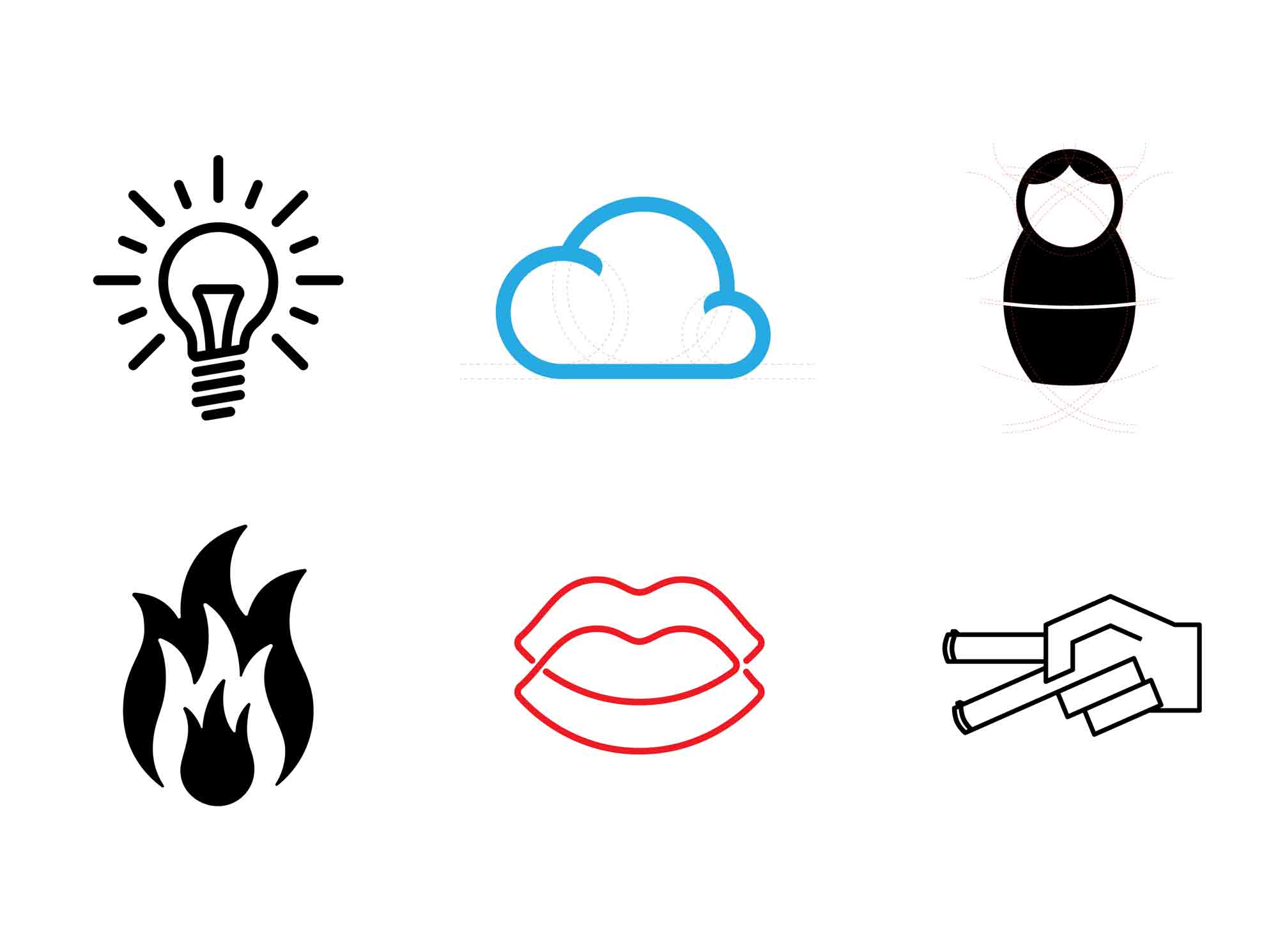
What designers or design agencies inspire you the most?
That is a tough question! As a young designer, I used to be inspired by large agencies and design firms, not just because of their work, but for their reputations as well. As I developed my interest in design, and started researching the design community, I realized that there are many solo designers and small design firms that consistently put out amazing work, yet they are not as mainstream as some of the agencies that have bigger names, bigger reputations, and more money to spend on promoting themselves. While I still love some of the design work that big name agencies produce, I tend to gravitate more to small shops and solo designers. It’s hard to name a certain designer or agency that inspires me the most, because I draw inspiration from different sources not just design-focused sources.
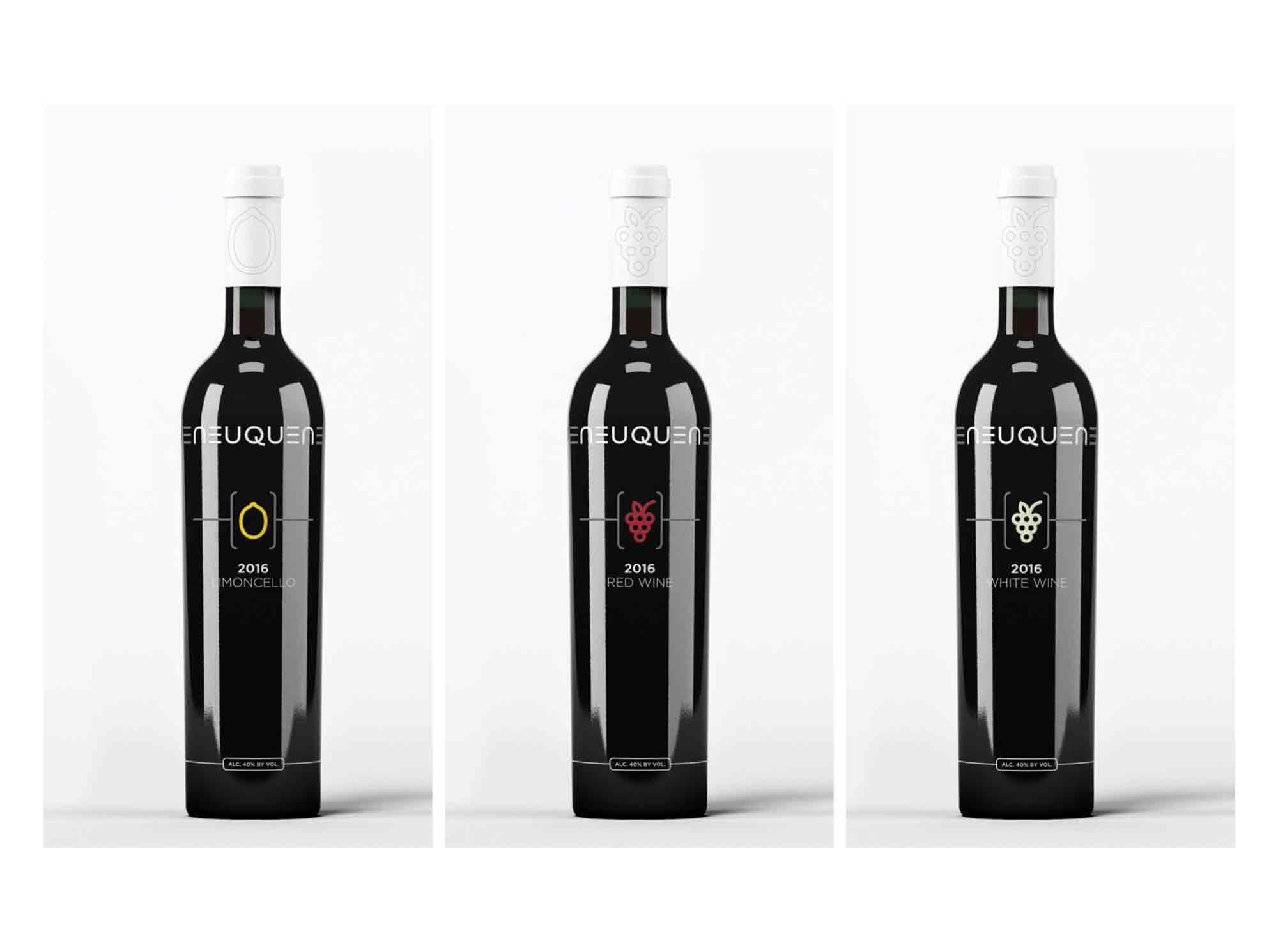
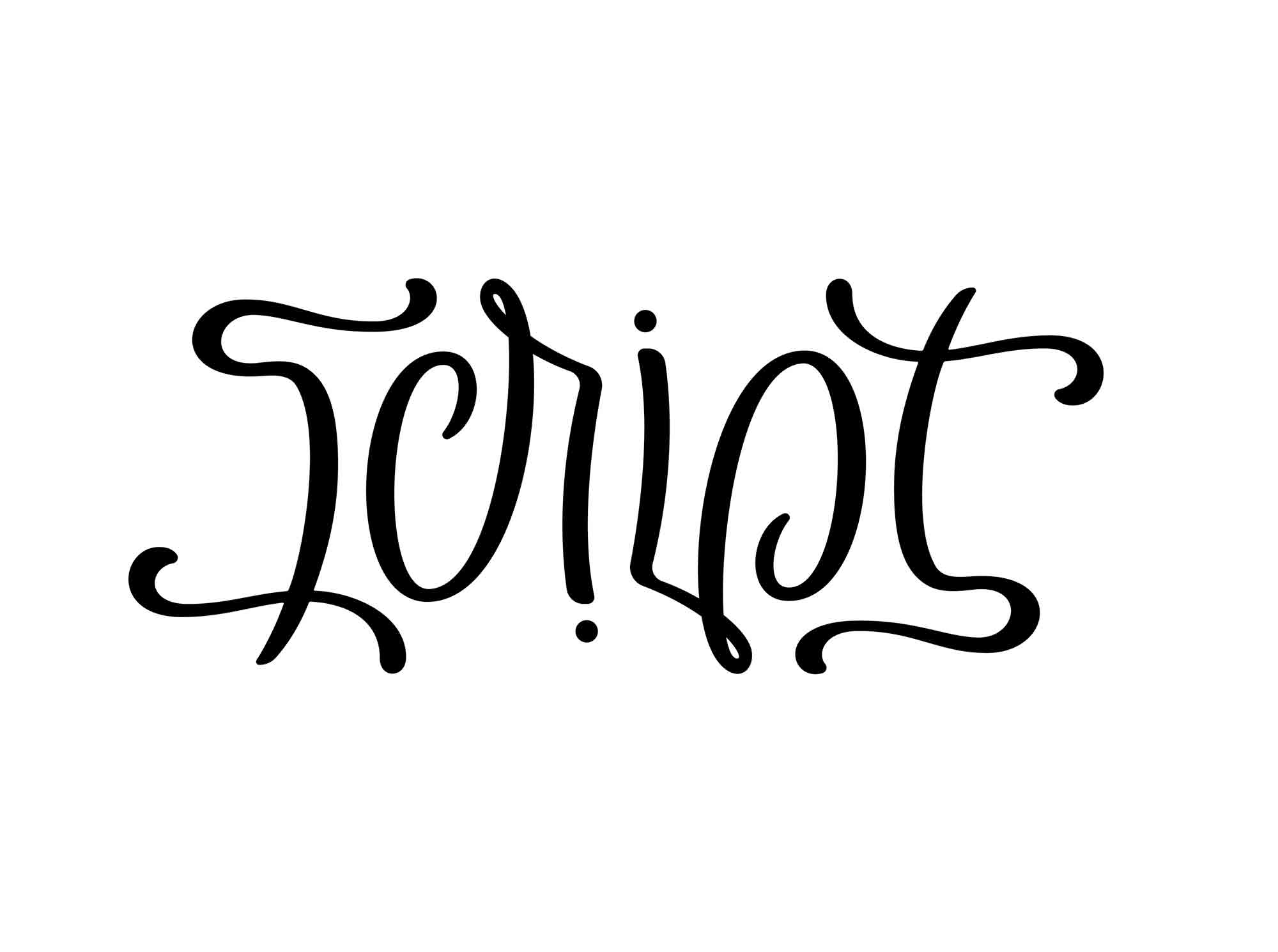
What work or works are you most proud of? Could you describe a current project you are working on?
I am most proud of my book, Ambigrams Revealed. As far as current projects, they are all in progress I will let you know when they are done!
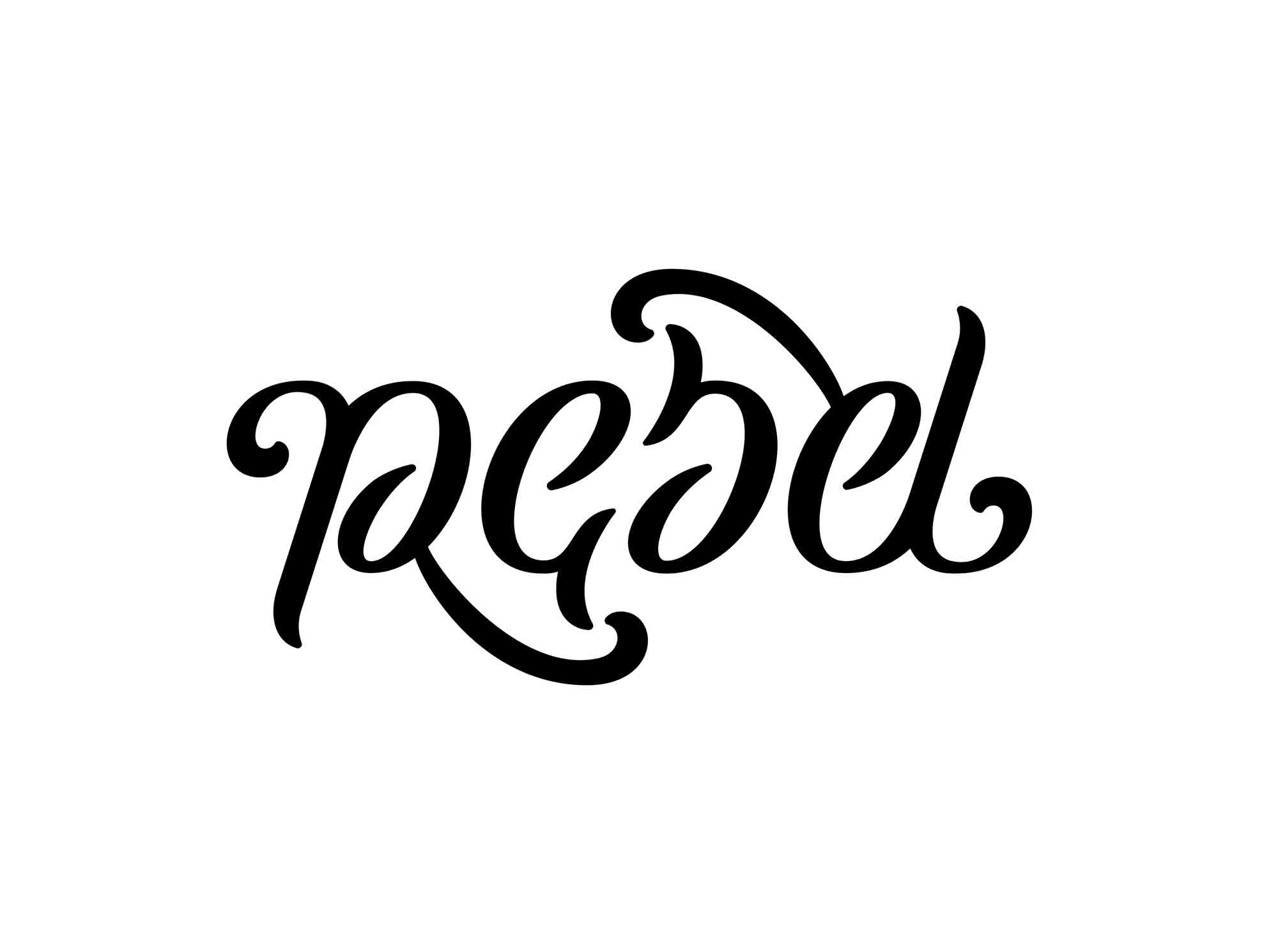
What helps you get through “designer’s block”?
Ironically, it’s a matter of just sitting and sketching, at least for me! I look at a “block” as something that’s in my way, and nothing may get me through it except for the brute force of pencil and paper. So, when I have a block, the only solution I see is to just barrel through it. That, and a bit of motivation from sources that aren’t relevant to design: reading, being outside, traveling, or simply going to the gym to focus on physical activity, getting myself out of my creative mindset so I can get back in.
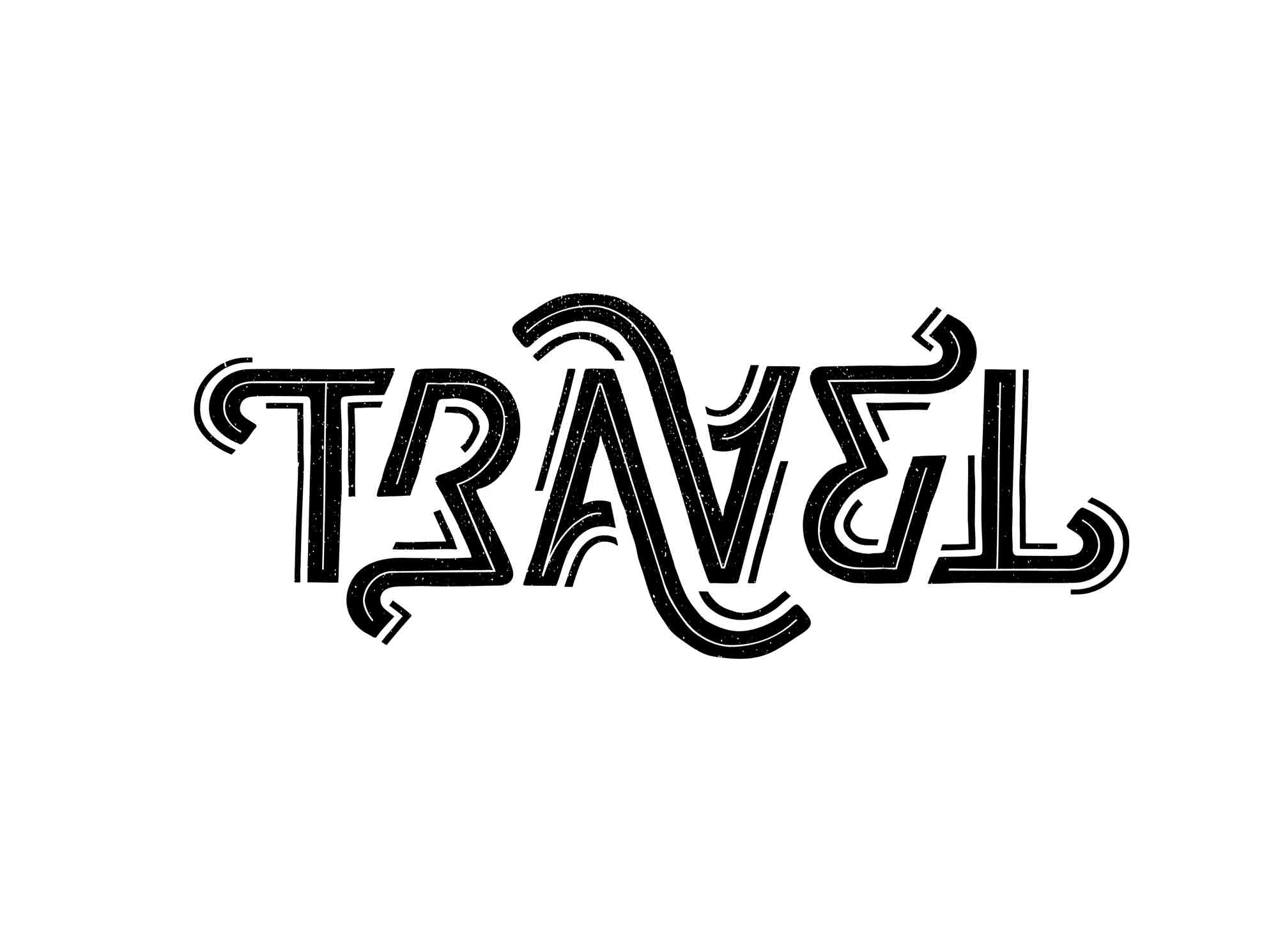
Is there any advice you would like to give to those designers still in school or just starting out? Any tips or tricks to making it big?
Well, I can’t say I’ve made it big yet, so I don’t think I am qualified to give advice about that! It’s hard to pick out that one kernel of advice that will be an eye-opener for a new designer. From my own experience, I would say this: don’t judge your own success by the level of success of others. If you work hard, you will soon be successful in your own way, whether it’s writing books on design, running a top-notch design agency, or becoming a freelance designer with clients from all around the world. Another person’s success doesn’t (and shouldn’t) define yours. Don’t expect success to just come to you as you sit there, but know that you will be successful if you work for it.
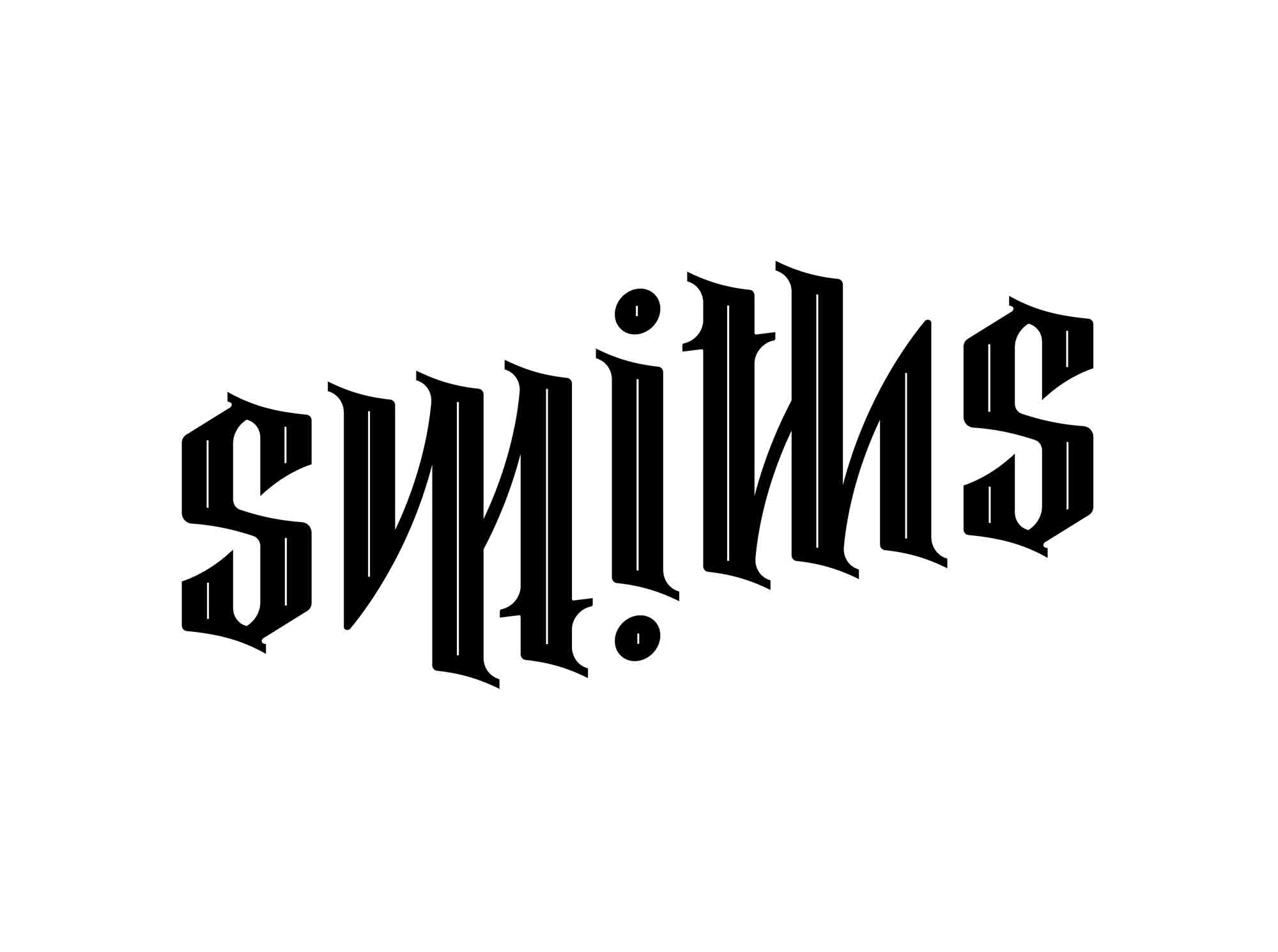
What about design do you like the most? What is the worst part about being a graphic designer?
The best part: it’s one of the most flexible careers that can allow you to branch out into many industries. Whether you like designing books, drawing logos, or doing 3D renderings, there’s always a direction to go into.
The worst part (at least in my mind): because of how accessible design software is and how easy it is to learn the technical side of the software, people stop seeing the value in graphic design. Instead of paying several thousands of dollars for a logo, you can pay someone five dollars for it, and you’ll get (seemingly, in the client’s eyes) the same exact result. Sometimes it’s challenging to fight past that barrier, but in the end, when you see the finished project and tits happy clients, it all becomes worth it.
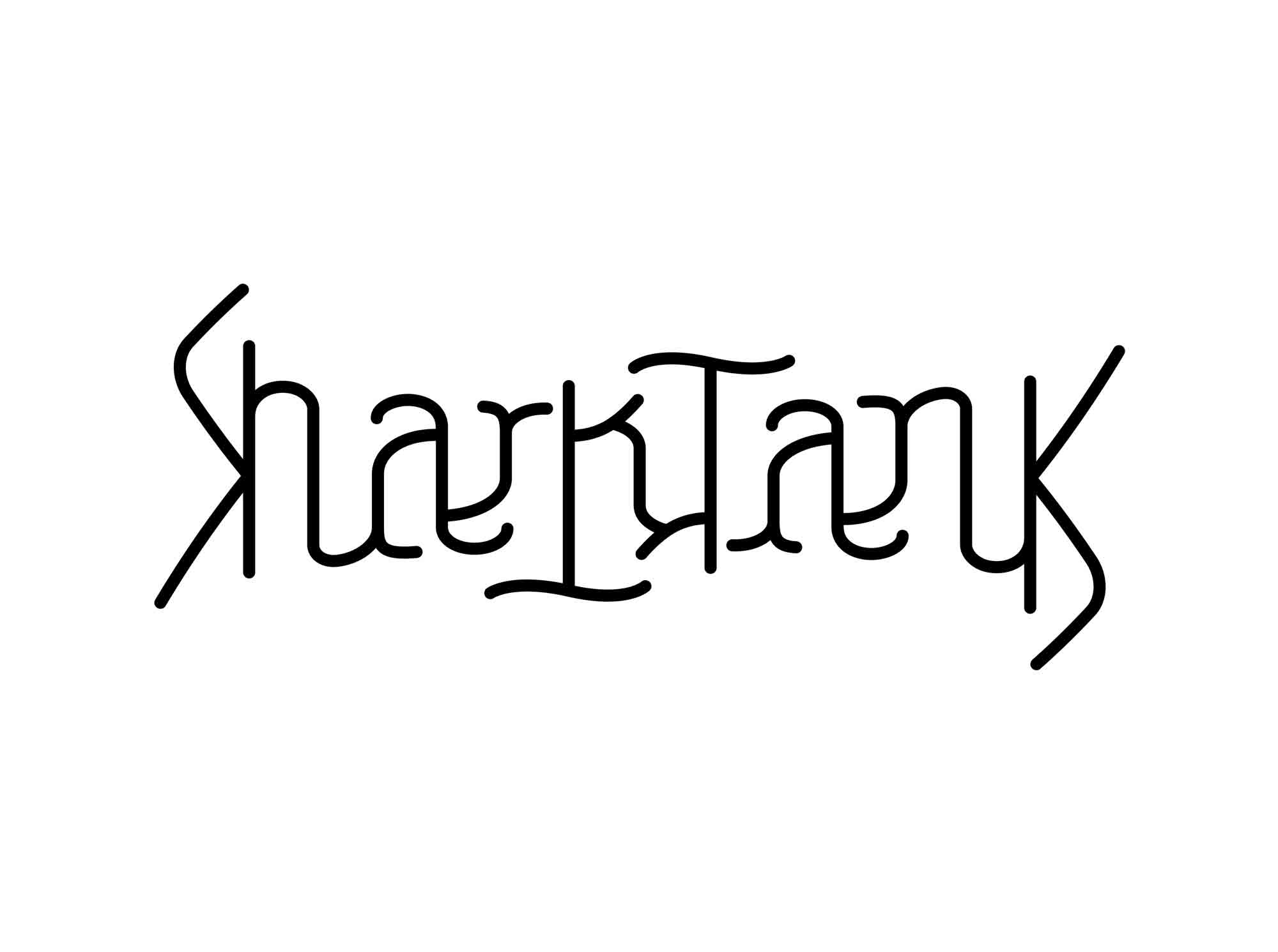
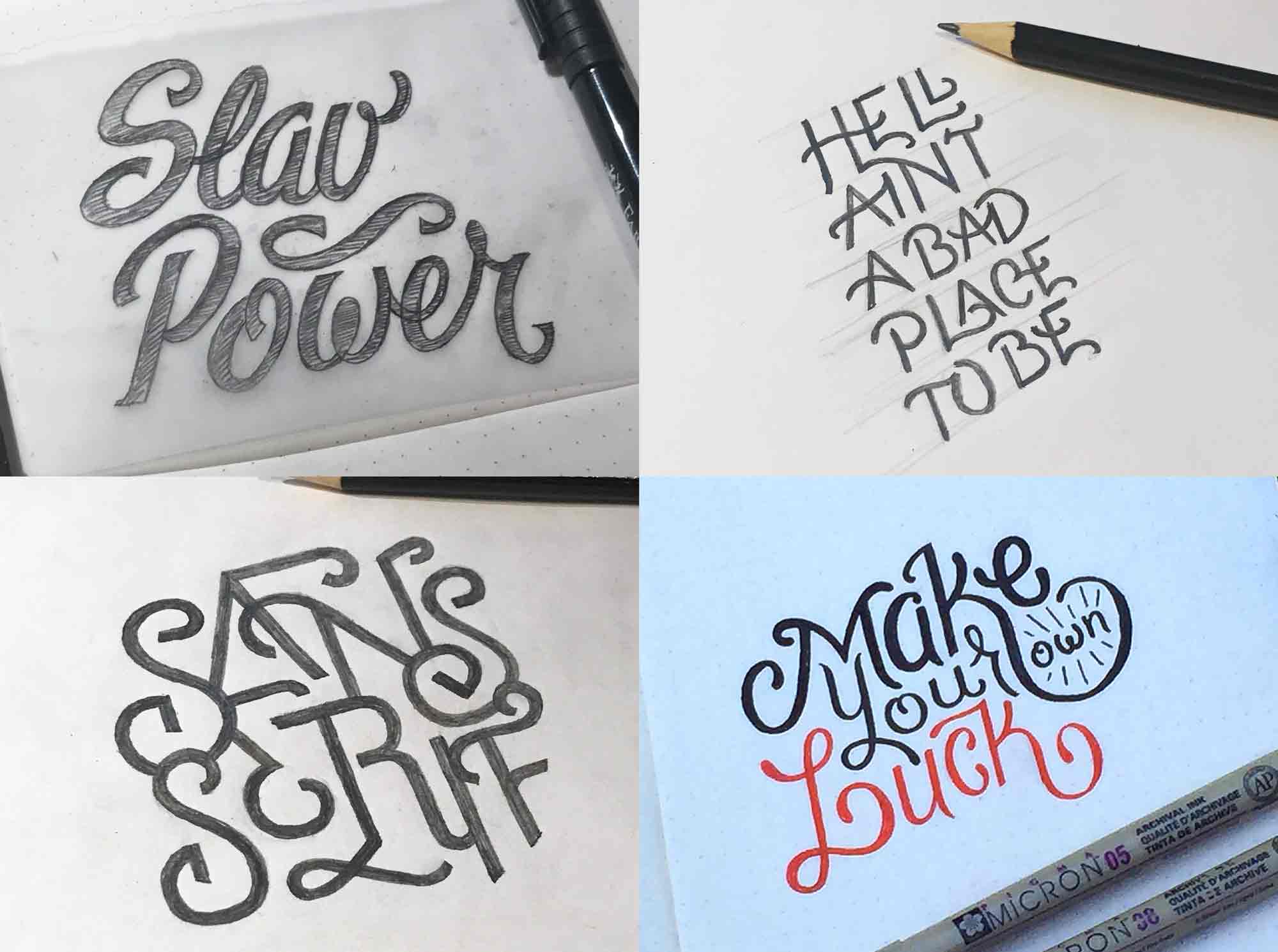
If you could work for anyone or on any project, who would that client or what would that project be?
I would love to work for an extreme sports company, where my ambigrams would be seen from different perspectives. That would be an amazing application for them! Or draw custom lettering/ambigrams for rally car drivers, so that they can be emblazoned on their cars, racing costumes, etc. A dream project would be to brand an entire airline from top to bottom.
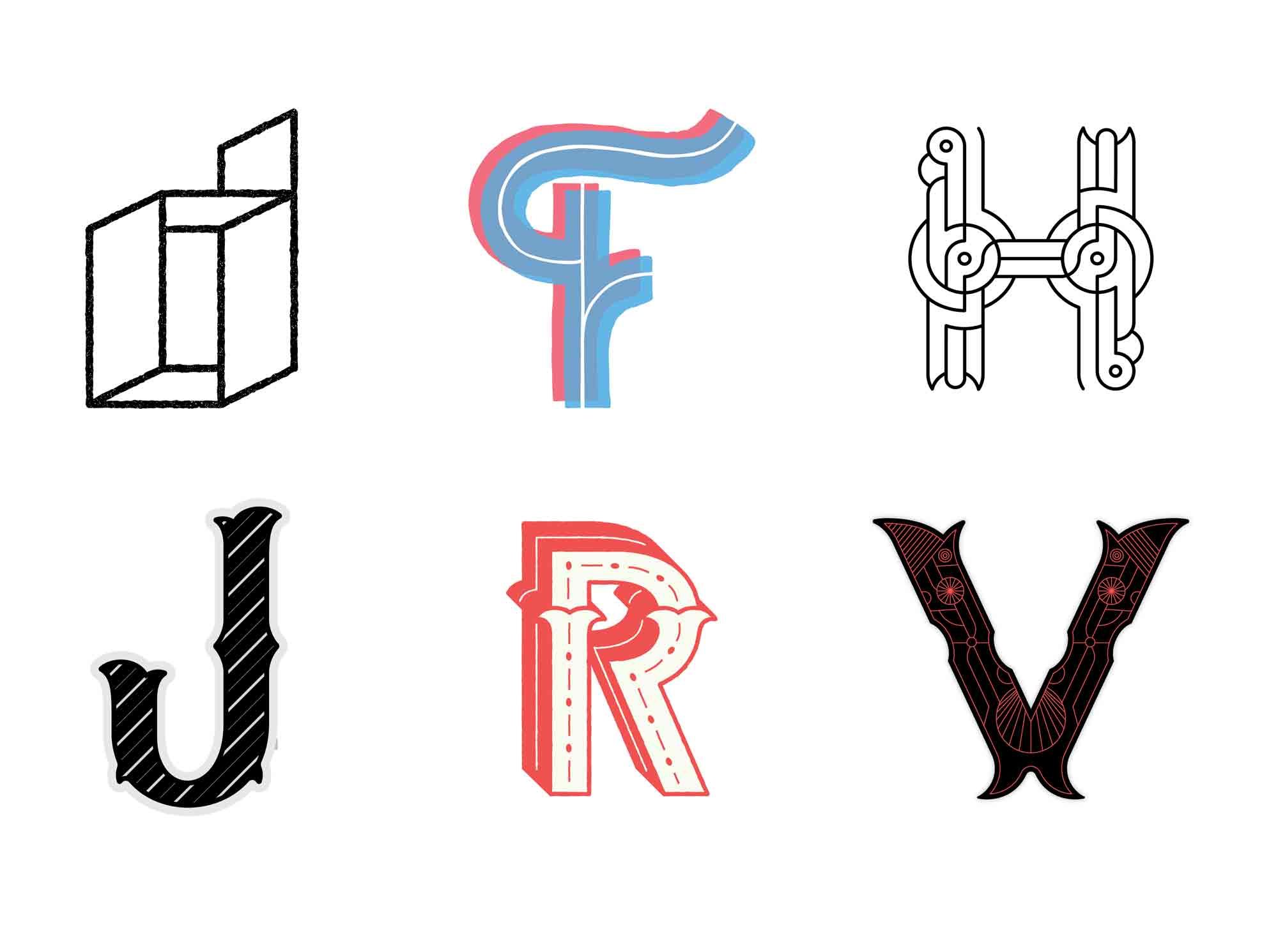
To view the work that Nikita has uploaded to the Lounge, simply click here. You can also view his work, by visiting his website. To view his ambigrams, please see here. Be sure to check out next month’s featured member, and keep uploading, as the next designer to take our “Center Stage” could be YOU!